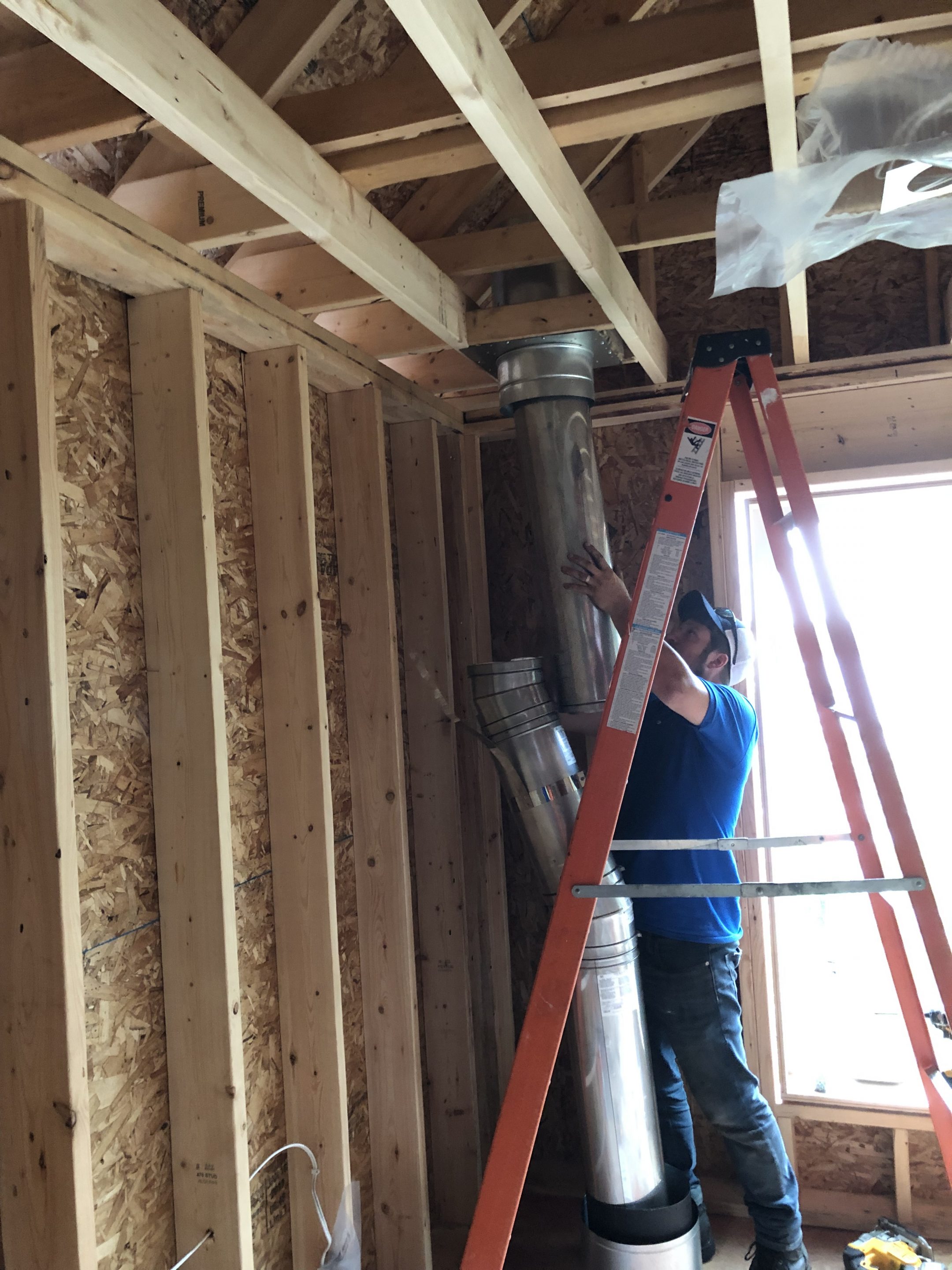A Complete Checklist for a Successful Stove Setup
Setting up a modern stove in your culinary space can be an exciting yet intimidating process for any homeowner. With a plethora of options to choose from, such as gas and electric types, it's essential to understand the intricacies involved in a smooth installation. Whether you're improving to improve your cooking experience or simply replacing an outdated appliance, managing the details can make all the difference.
In this thorough guide, we will present everything to learn about stove installation. From pre-installation preparations and safety tips to recognizing frequent errors, our list will serve as your roadmap to ensure a successful and productive installation process. We'll discuss the multiple types of ranges, necessary adjustments, and important safety standards, enabling you to be well-informed as you embark on this home improvement project.
Comprehending Stove Varieties and Installation Basics

When it comes to selecting a stove for your kitchen, grasping the different types is essential. The two main types are gas and electric stoves, each with individual considerations and factors. Gas stoves often offer quick heating and accurate temperature control, which renders them a popular choice among gas enthusiasts. Electric stoves, conversely, provide consistent cooking temperatures and tend to be easier to clean due to their flat tops. Induction cooktops, a variation of electric stoves, utilize electromagnetic energy to heat pots and pans immediately, thus rendering them highly effective and safe.
Setting up for a stove installation requires careful thought of both the selected stove variety and your kitchen's design. Homeowners need to examine their existing kitchen setup to determine whether an improvement to the gas line or electrical system is necessary. Security is also a critical concern, particularly with gas stove installations. Ensuring https://werner-townsend-2.mdwrite.net/the-kitchens-makeover-the-reason-hiring-a-cooking-specialist-is-important and adherence with local codes is essential to prevent potential hazards like gas leaks or poor air quality.
Prior to proceeding with the installation, it's crucial to comprehend the steps involved. This consists of choosing the right spot for the stove, verifying that there is sufficient clearance around it, and confirming that the necessary utilities are in place. Regardless of choosing a gas or electric stove, employing a qualified technician for installation is generally recommended. They can provide valuable advice into best safety practices and local regulations, assisting in preventing common blunders that could threaten both functionality and safety.
Precautionary Considerations for Stove Installation
As placing a stove, safety should consistently be the top focus. For propane stoves, maintaining proper ventilation is crucial to avoid the collection of dangerous gases. It is essential to ensure that the ventilation system is functioning correctly and complies with area codes. Property owners should likewise be mindful of the importance of CO detectors in proximity to natural gas appliances, as these can alert you to possible releases or hazardous conditions.
Another vital safety aspect relates to the installation method it alone. Regardless of whether you're deciding for a gas or electric stove, adhering to the designer's guidelines is essential. This includes understanding the appropriate power specifications for electric stoves and ensuring that correct natural gas line fittings and joins are utilized for gas stoves. Any blunders during the process can lead to hazardous conditions, such as overloading of circuits or leaks of gas, which can present major threats to your home and family.
Lastly, after setup, it is essential to ensure for sufficient space around the cooking appliance to make sure that there is sufficient room for safe use and upkeep. This includes steering clear of flammable materials near the stove and ensuring that the stove is placed safely. Regular inspections assessments are necessary to tackle any concerns swiftly, such as gas line inspections or electrical functionality tests, to help to ensure your stove operates effectively and reliably for an extended period to come.
Enhancing and Caring for Your Stove
Upgrading your stove can greatly boost your cooking experience and enhance energy efficiency in your kitchen. When thinking about an improvement, examine your cooking habits and the functions you desire. For instance, if you regularly cook gourmet meals, spending in a high-quality gas or induction stove may be beneficial. Additionally, make sure that your kitchen’s layout and infrastructure can handle the new model, as more extensive or differently configured stoves may necessitate modifications to the existing space.
Regular maintenance is crucial to keeping your stove in optimal condition. For gas stoves, regular checks for gas leaks and confirming that burners are clean and functioning correctly are critical safety measures. Electric stoves should have their heating elements assessed for wear and tear. Easy tasks like wiping down surfaces, checking for proper leveling, and making sure that there is adequate ventilation will increase the life of your appliance and preserve performance.
Finally, be proactive about identifying frequent issues that may arise. If you observe that your gas stove isn’t igniting or an electric stove isn’t heating correctly, these problems could be related to installation or require professional assistance. Keeping a list of maintenance tasks and when to schedule professional inspections can help you steer clear of unexpected failures, making sure your kitchen stays a usable and pleasant space.